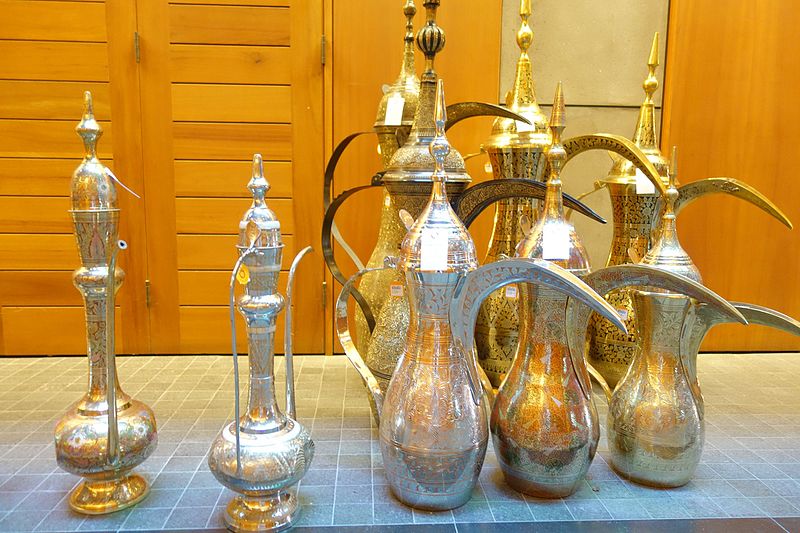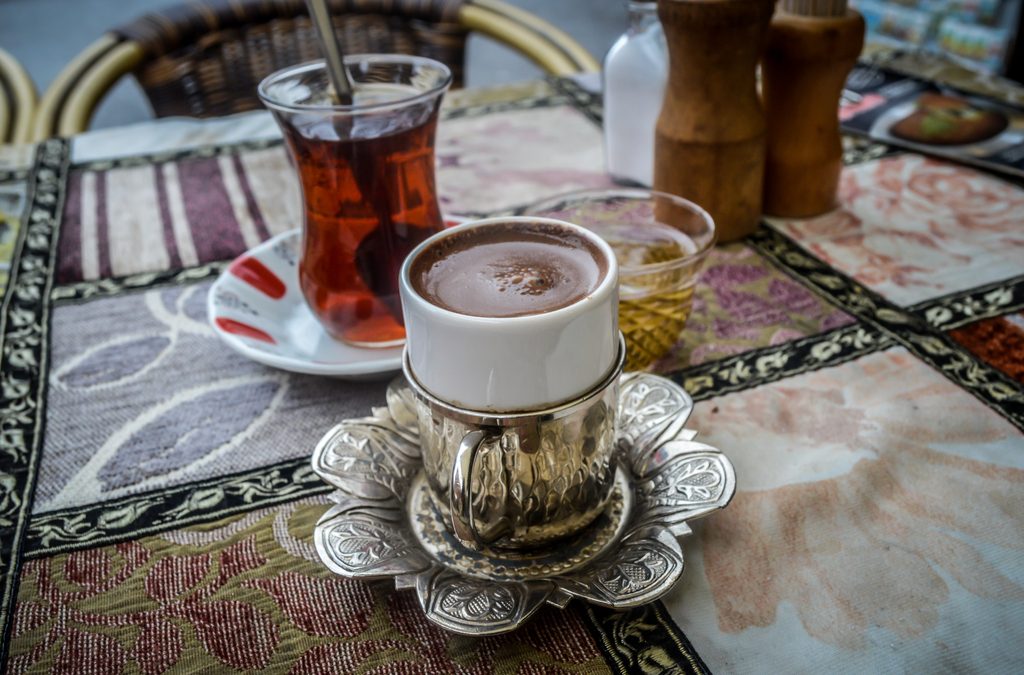Coffee is the daily cup of survival to keep one’s stamina in place on a busy day. Prepared using several roasted coffee bean types, the preference of the beverage tends to vary according to one’s palate. As a result of the brewed coffee of Coffea arabica beans, Arabic coffee is commonly savoured in Arabian countries.
History
Arabic coffee, also known as Gahwa in the Emirati Arabic dialect has been in use in the Arabian Gulf region for centuries and will ideally be available at an Abu Dhabi restaurant or any resort or hotel like Desert Islands Resort & Spa by Anantara. The coffee preparations have been influenced by various traditions and are an integral part of the country’s hospitality. Due to its significance to countries in the Arabian Gulf, Arabic coffee was inscribed on the UNESCO Representative List of the Intangible Cultural Heritage of Humanity in 2015.
How to Prepare
What is the secret behind the incomparable taste of Arabic coffee? The journey of the coffee bean from its plant to the cup is delicately made to generate the most intense of flavours in the final coffee product. The beans are first sorted, washed and dried, which then follows a process of roasting until the colour turns red or brown. These roasted beans are brewed on a kuwar (a clay pit made of pebbles and stone plates).
Tools Used
The special utensils and tools used in brewing Arabic coffee are collectively identified as the brew basket (ma ‘ameel), with a collection of equipment specialised to perform each task. One of the most important tools in the brew basket is the coffee pot (dallah) which comes in three types. Other utensils include a roasting pan, spoon and iron tongs for coal distribution.

Gahwa in Practice
It’s all in the details. A series of traditions and practices are followed when serving and receiving Arabic coffee. Ideally, the host is to hold the coffee pot with their left hand while the guest receives it with their right hand. It is also common practice to ensure that the oldest guest is served first with one-quarter of the cup filled with coffee.
Related posts
Archives
Categories
- Appetizers (54)
- Arab (50)
- Bars (61)
- Burmese (6)
- Café (46)
- Casual Dining (83)
- Chinese (37)
- Coffee House (43)
- Desserts (73)
- Destination Dining (448)
- Diner (64)
- Family Restaurants (123)
- Fast Food (111)
- Fine Dining (571)
- Food Facts (283)
- Healthy Food (164)
- Hong Kong (10)
- Indonesian (15)
- Italian (4)
- Japanese (18)
- Main Dishes (100)
- Maldivian (87)
- Miscellaneous (10)
- Miscellaneous Topics (402)
- Palate (81)
- Recipes (143)
- Restaurants (262)
- Sea Food (145)
- Singaporean (39)
- Sri Lankan (71)
- Steaks & Grill (98)
- Street Food Stalls (185)
- Thai (99)
- Types of Cuisines (179)
- Vegan (72)
- Vegetarian (18)
- Vegeterian (48)
- Vietnamese (22)
- Western (12)

